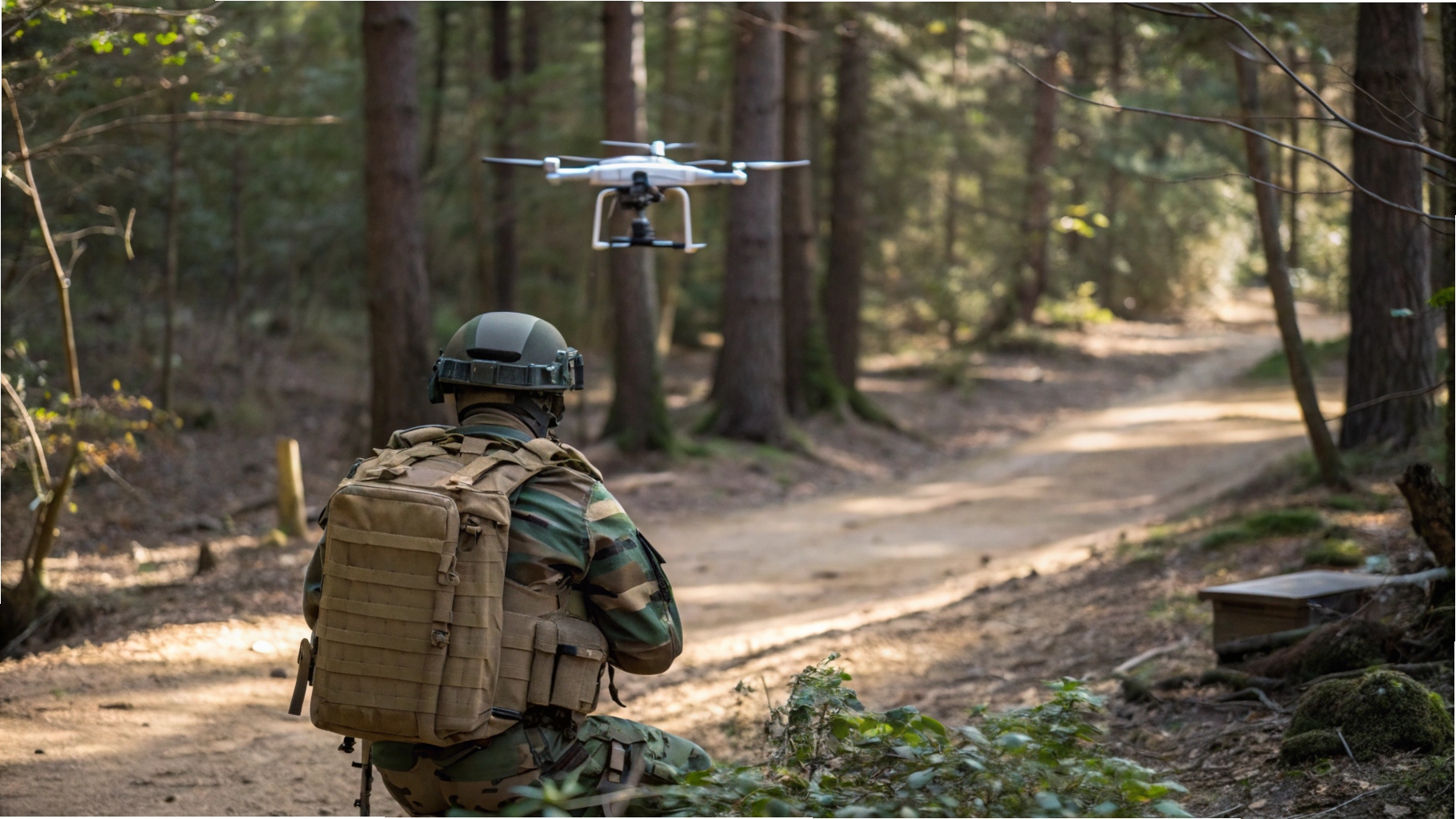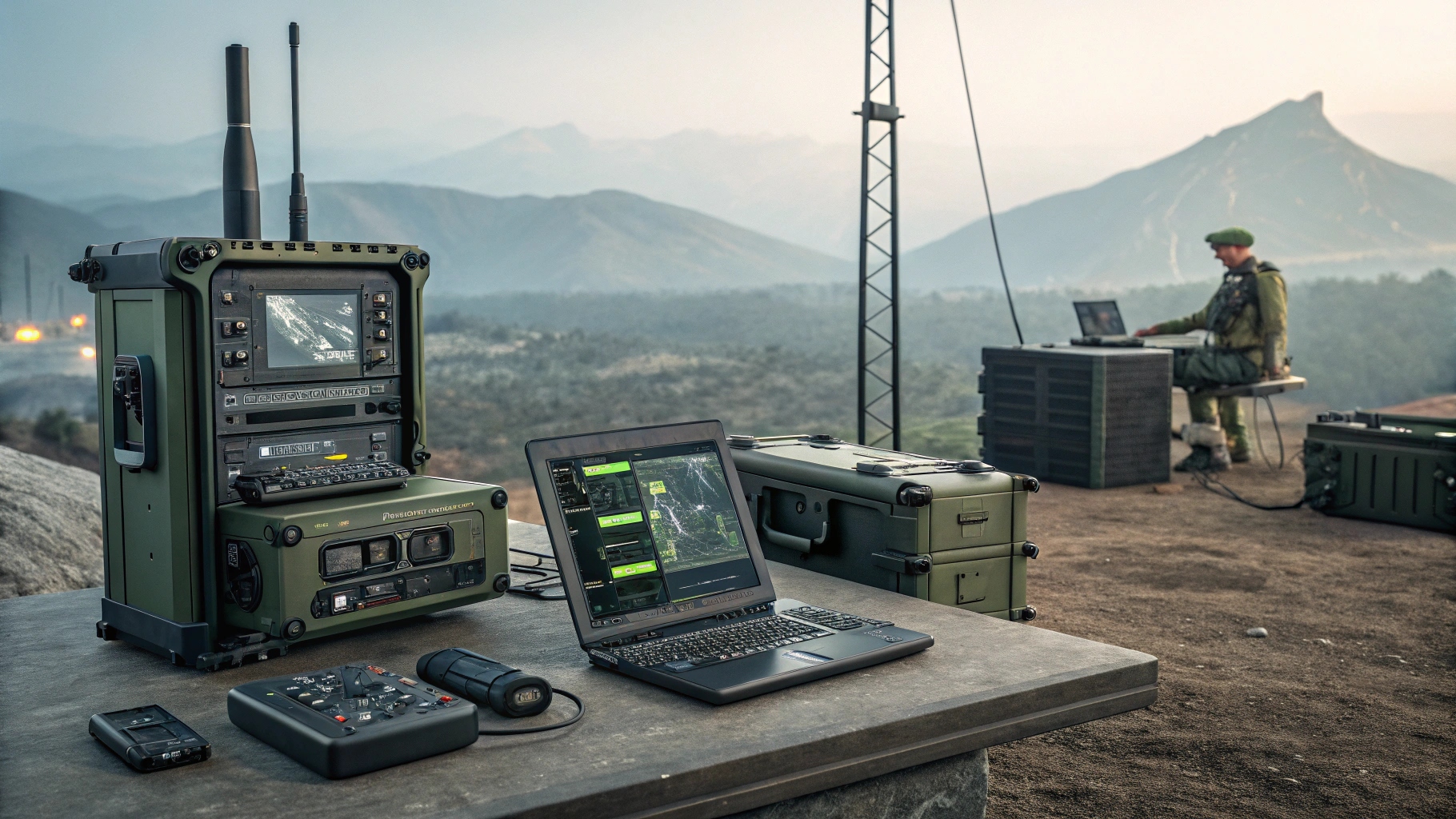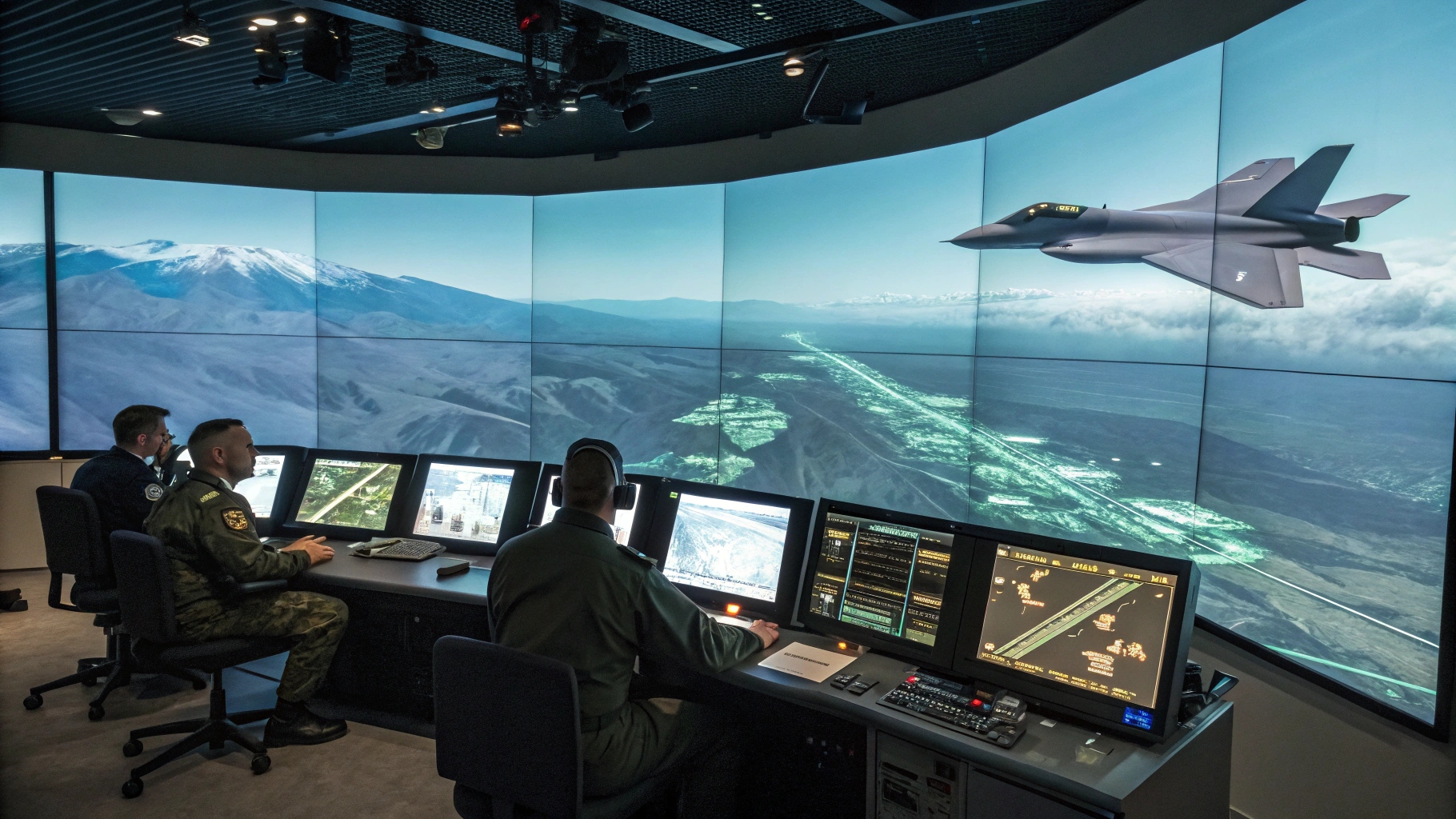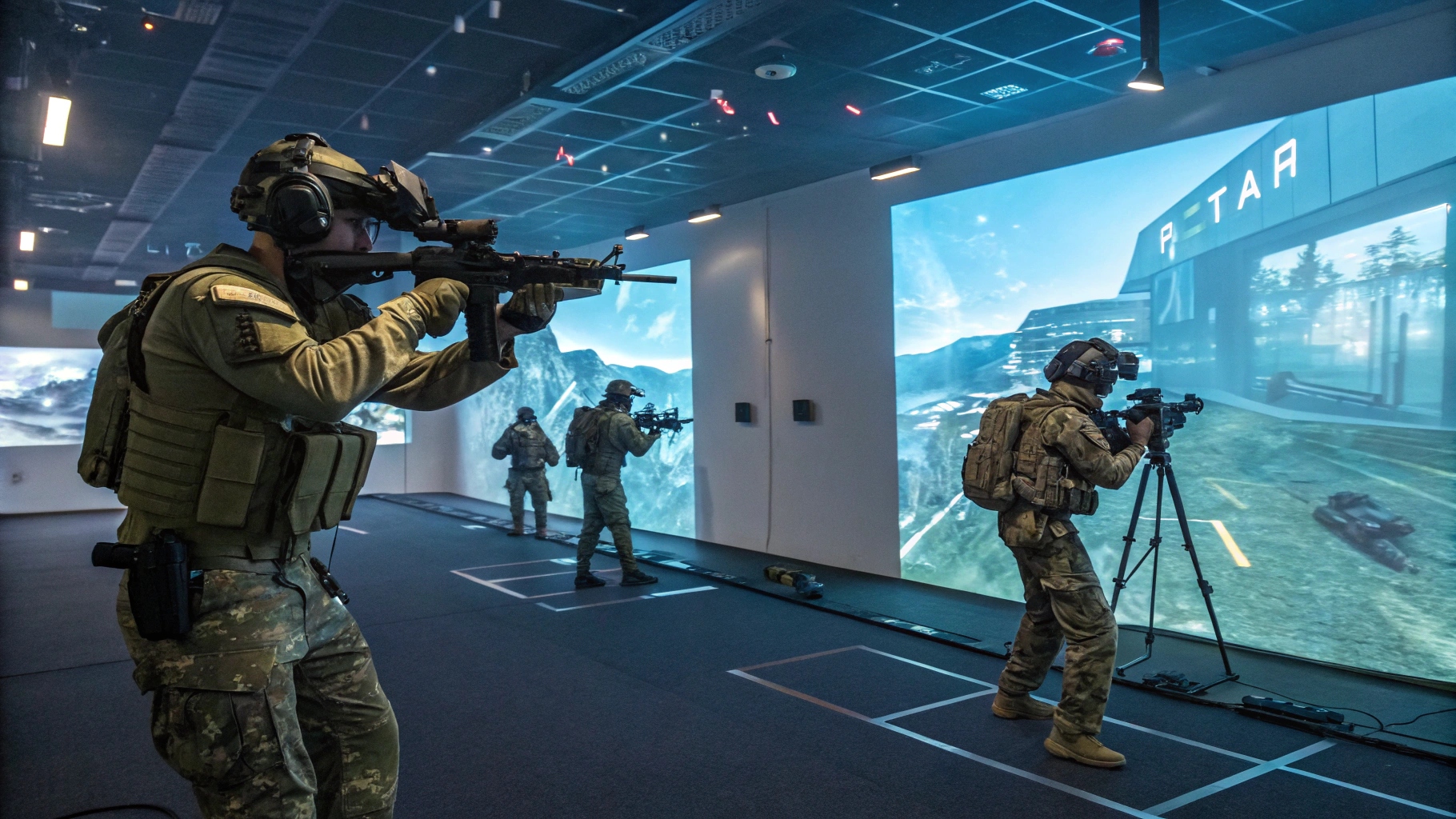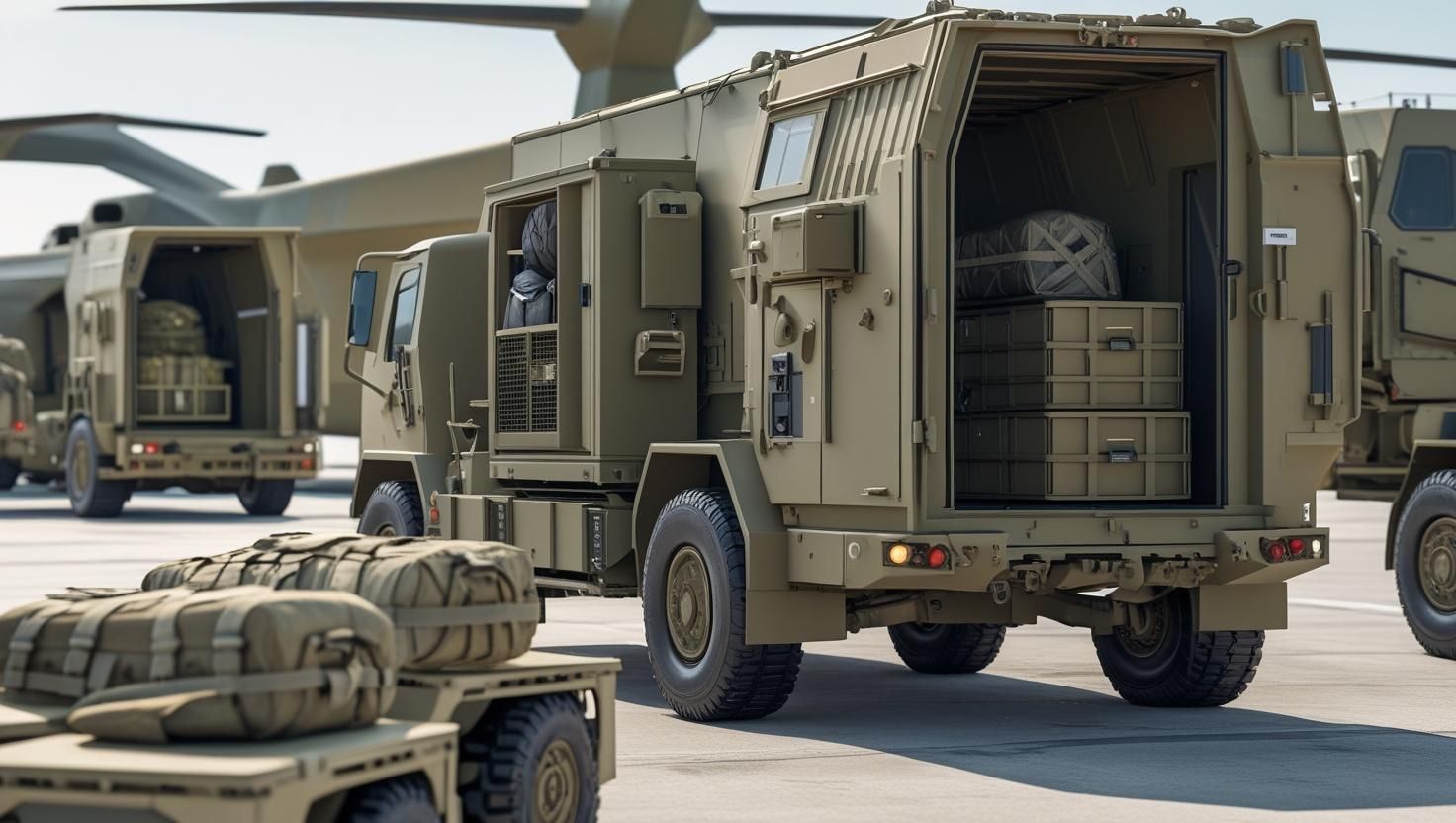
US Army Advances Northrop’s ATHENA Sensor to Next Phase of Threat Detection Program
The US Army has approved Northrop Grumman’s ATHENA missile warning sensor for Phase II of the Improved Threat Detection System (ITDS) program under an Other Transaction Agreement.
Designed to succeed the Army’s Common Missile Warning System, ITDS will protect helicopters and light fixed-wing aircraft against missiles, drones, rockets, artillery, lasers, and even small-arms fire. Installation is planned across current and future rotary fleets, with priority for the MV-75 Future Long Range Assault Aircraft and AH-64 Apache.
Enhanced Capabilities
The ITDS is expected to detect and defeat threats at greater ranges than existing systems. ATHENA’s infrared sensor suite offers improved resolution and processing, providing instant situational awareness and 360-degree aircraft coverage through multiple sensor nodes.
The sensor integrates seamlessly with flare or laser-based defenses such as CIRCM, while extending detection beyond infrared-guided missiles to cover hostile fire and anti-tank guided missiles. Northrop emphasized that onboard processing minimizes computing demands while enabling quick updates for evolving mission requirements.
Phase II Effort
Northrop and Lockheed Martin completed Phase I demonstrations in July 2024. The second phase will involve design, prototype integration, flight testing, and sensor characterization, leading to prototype deliveries. The Army plans to move into rapid prototyping in 2026 with 10 test systems and 100 fieldable units, aiming for operational capability by 2029.













